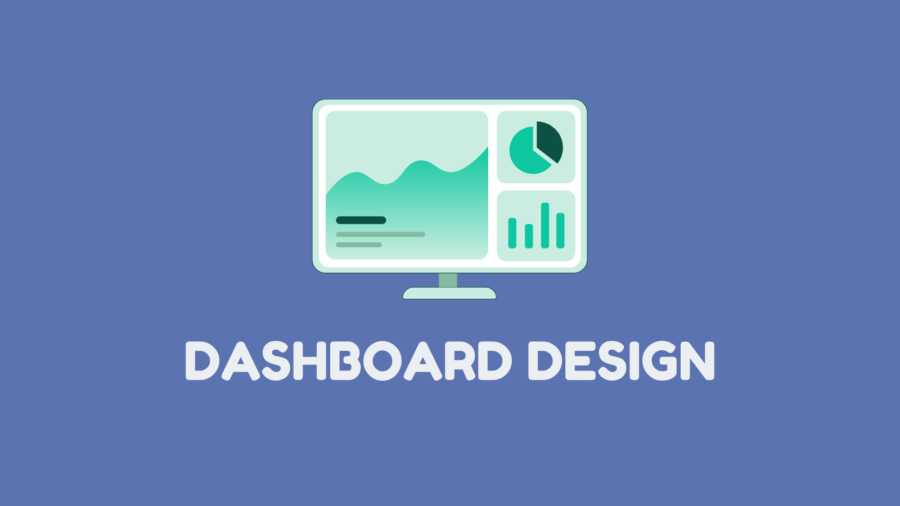In today’s data-centric landscape, the efficacy of decision-making hinges upon the clarity and accessibility of data insights. Dashboards emerge as indispensable tools, offering a visual narrative of organizational performance through metrics and Key Performance Indicators (KPIs). However, the journey from raw data to actionable insights requires a strategic approach to metric selection and dashboard design. Let’s dive deep into the nuances of crafting compelling dashboards that empower informed decision-making.
Deciphering Metrics vs. KPIs
Before delving into the intricacies of dashboard creation, it’s imperative to grasp the fundamental distinction between metrics and KPIs. Metrics serve as quantifiable data points, encompassing a broad spectrum of performance indicators. Conversely, KPIs represent pivotal metrics tailored to specific business objectives, offering a focused lens through which to evaluate success. Understanding this dichotomy lays the groundwork for discerning dashboard design.
Tip 1: Audience-Centric Approach
Effective dashboard design’s heart lies in a deep understanding of the intended audience. Considerations such as organizational roles, analytical acumen, and departmental objectives shape the contours of dashboard usability. By delineating the audience profile—from analysts to C-suite executives—we tailor dashboard content to resonate with their informational needs and decision-making paradigms.
Tip 2: Clarifying Dashboard Purpose: A Beacon in the Data Maze
A dashboard devoid of purpose is akin to a compass without direction. Before embarking on the design journey, stakeholders must articulate the overarching objectives and strategic imperatives guiding dashboard creation. By elucidating the desired outcomes, key business metrics, and decision-making contexts, stakeholders imbue the dashboard with purposeful intent, transforming raw data into actionable insights.
Tip 3: Orchestrating Data Harmony
With stakeholder insights in hand, the next crucial step entails organizing disparate data points into a coherent narrative. By distilling voluminous datasets into relevant KPIs and metrics, we streamline decision-making and empower stakeholders with actionable insights. Thoughtful information organization is the cornerstone of effective data communication, transcending data overload to deliver clarity and context.
Integrating Data Sources
In the mosaic of organizational data, disparate sources converge to paint a comprehensive picture of performance. Integrating diverse data sources from Google Analytics to CRM platforms fosters holistic insights essential for informed decision-making. Leveraging robust analytics tools such as Looker Studio facilitates seamless data integration, ensuring stakeholders can access real-time, interconnected insights.
Bridging Vision with Execution
Armed with curated data and stakeholder insights, the time has come to breathe life into the dashboard design. Through iterative prototyping and user feedback loops, designers iteratively refine dashboard layouts and functionalities, ensuring alignment with stakeholder expectations. By embracing an agile approach to dashboard development, organizations foster a culture of continuous improvement and responsiveness to evolving business needs.
Empowering Data-Driven Decision-Making
Dashboards emerge as beacons of clarity, guiding stakeholders through the maze of complexity to actionable insights. Organizations unlock the transformative power of data-driven decision-making by adhering to audience-centric design principles, clarifying dashboard purpose, and orchestrating data harmony. As we navigate the ever-evolving analytics landscape, let us heed the call to harness data as a catalyst for innovation, growth, and sustained organizational success.


